Building Frontends, Embracing AI: A Look into Michał’s Career
It took Michał only one day to choose his career path – but the spontaneity of that decision didn’t stop him from thriving in his work. Discover how Michał embraces AI in his daily routine, why he appreciates a feedback-driven culture, and whether he feels intimidated by the fullstack developers around him.
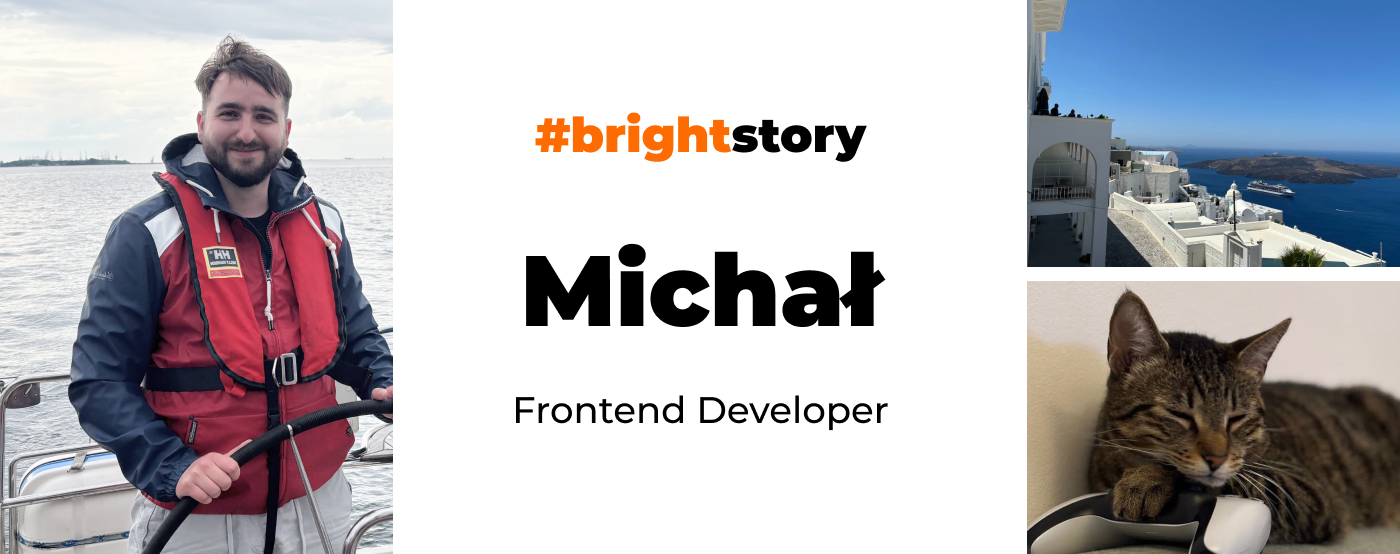
When did you decide you wanted to be a programmer?
It was a bit of an accident. In high school, my plan was to work on a ship. I applied to the
Maritime University of Szczecin, but I wasn’t accepted due to poor eyesight. The problem was that I found out only one day before I was leaving for a sailing trip. Since the university admission process was set to begin during that time, I had just one day to make a quick decision about my future and prepare my application documents before I left.
I figured computer science would be a good direction – though I don’t remember exactly why – and I called the West Pomeranian University of Technology in Szczecin to ask if I could already bring in my application documents, even though they were officially starting to accept them a few days later. They agreed, and in the end, I was accepted.
It turned out I was quite good at it and felt comfortable with it. During my studies, I landed an internship where they eventually offered me a job as a Java developer. That's when I had my first contact with a commercial project, but then I was moved to web development, and it's been that way ever since.
What is it like to be a frontend developer surrounded by fullstack developers?
I approach it with the mindset that if backend work were ever required of me, I’d be ready to handle it. I’ve worked as a fullstack developer in previous roles, and even here at Bright Inventions, I had the opportunity to do fullstack work on another project. So if the need arises, I’d find my way.
What do you like about the project you're working on?
I really enjoy the level of freedom and independence I have – which also comes with responsibility. I’m the only person on our team handling the frontend, so a lot depends on how I set things up, and I’m accountable for the outcomes – both good and bad. I’ve also noticed that the client places a lot of trust in me when it comes to decision-making, and that really means a lot.
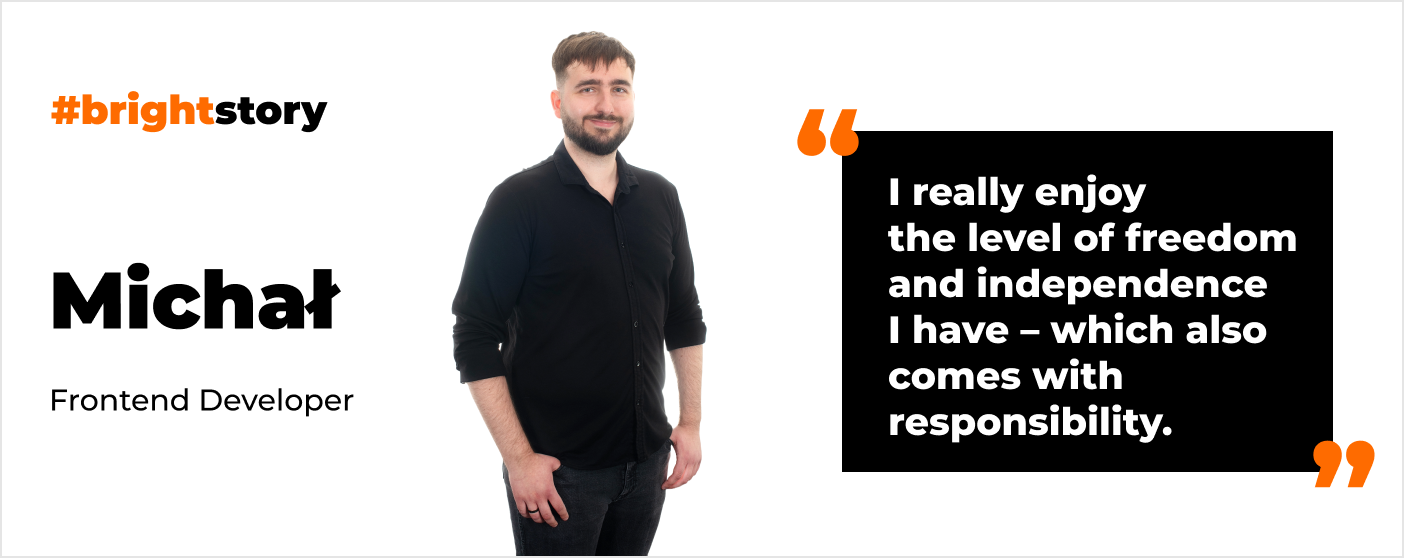
How does your cooperation with the product designer look on a daily basis?
I have a great working relationship with our designer – she gets guidelines from the product side, and then we discuss the details together, especially if something might be problematic or if there’s a way to improve the experience for users.
I don't feel super confident choosing fonts or colors, but I do have a good sense of which interface elements work well in certain places. I’m not just handed a finished design and told to build it – she actually comes to me early on, and we often talk things through before the design phase even begins.
Which AI tools do you use daily at work?
I use GPT every day – it’s helpful for programming tasks. For those, I usually rely on GPT o4-mini-high. If I need to review my messages or write something more user-friendly, I use GPT-4o. I’m also testing JetBrains' AI assistant and “Junie” – I play around with them from time to time – and of course GitHub Copilot, but that’s kind of standard nowadays.
I’ve been checking how well Junie handles different types of tasks. My first real use case was when I had to review a set of fields that were no longer in use. I gave Junie a list of types along with the corresponding files, and it had to go through the project to identify what could be removed. It actually did quite well. I had to tweak the prompt a few times, because it didn’t catch every resource on the first try, but eventually it went through everything and gave me a list of which fields were still in use and which weren’t. Something that would have taken me a few days, I managed to complete in just one day with its help.
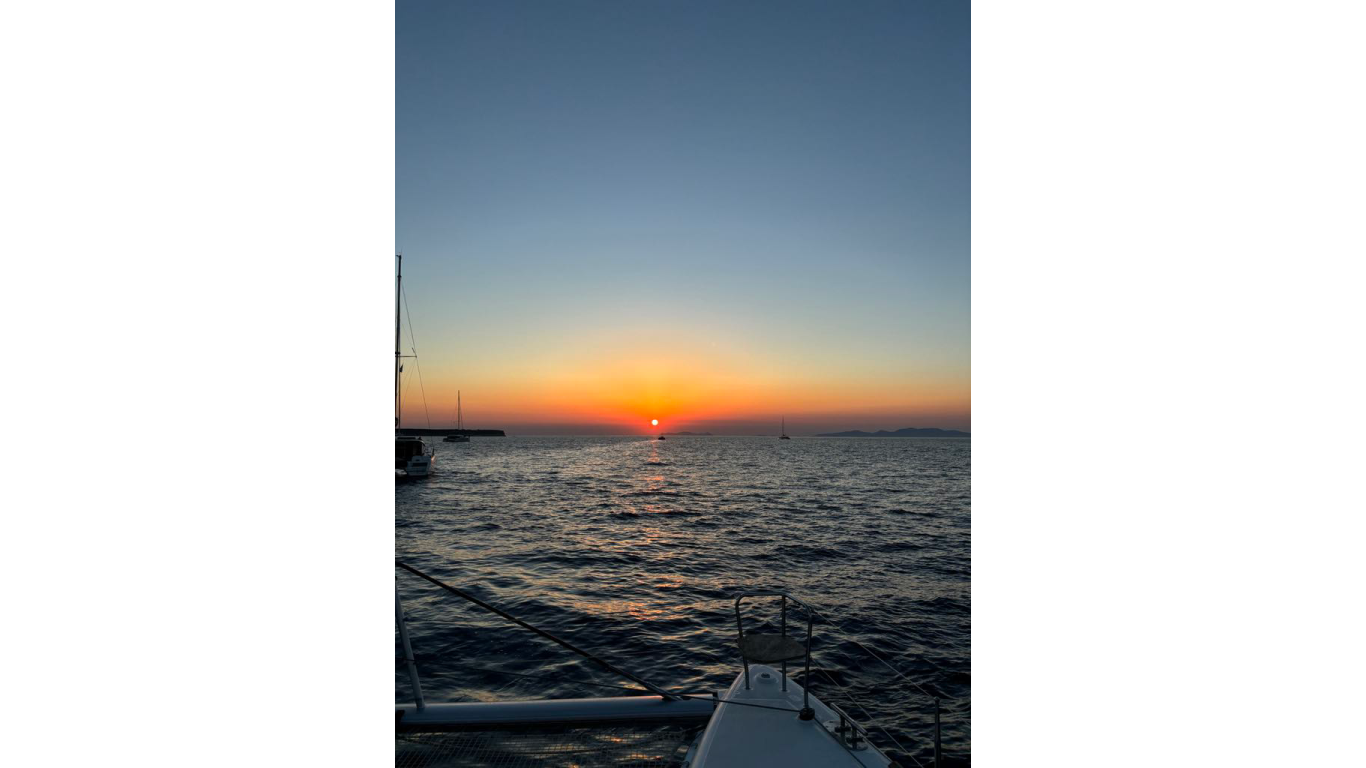
What made you want to join Bright Inventions?
It happened at a time when my previous company was making cuts, and a few people were let go – including me. Bright Inventions was recommended to me by Arek, who I had worked with before – he had moved to Bright and encouraged me to reach out. After that, I spoke with Ula and Mateusz, and we really clicked during that interview.
At the time, I was looking for a new place to settle into – I’m not a fan of jumping from job to job. What really appealed to me was the feedback culture at Bright Inventions. I get the sense that if I ever started falling short or there was room for improvement, I’d get that feedback in a way that’s constructive and actionable.
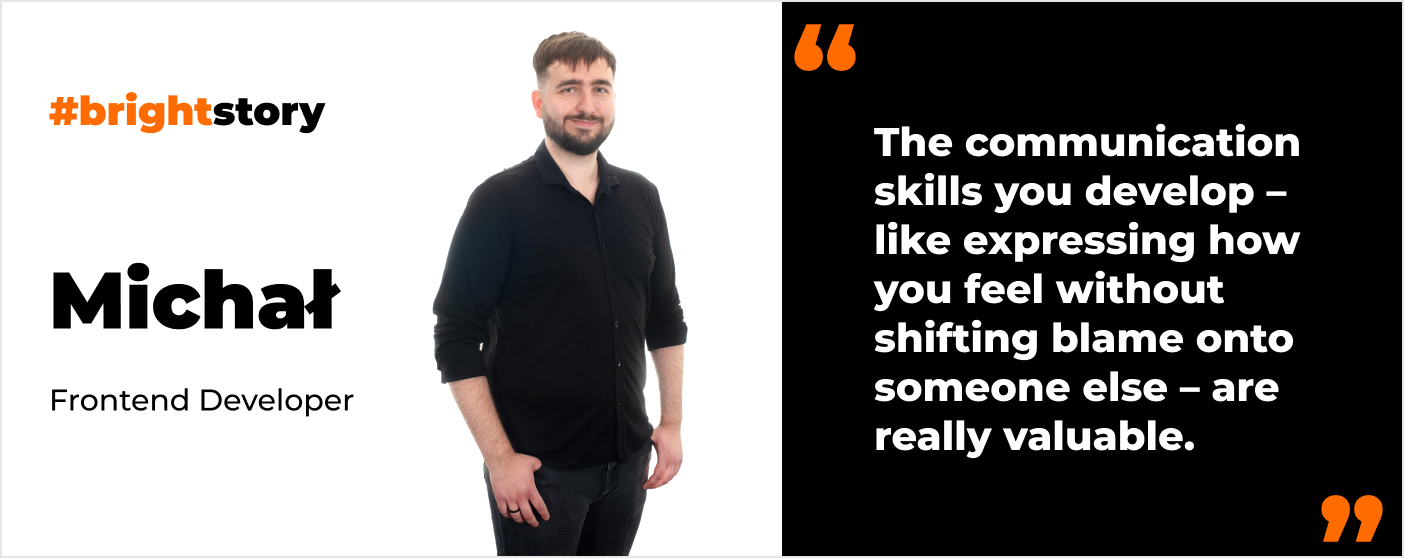
That feedback culture is useful in everyday life too. The communication skills you develop – like expressing how you feel without shifting blame onto someone else – are really valuable. It helps you say things like how you’ve been feeling lately in a constructive way. It’s important to talk about all kinds of things, even small ones, and to try to understand the other person’s intentions.
What cultural differences do you face at work while working with the U.S. client?
We live in such a global village now that the U.S. feels culturally quite close to us. Both in business and in daily life, we consume the same media and share the same cultural bubble. I don’t notice major cultural differences in my day-to-day work.
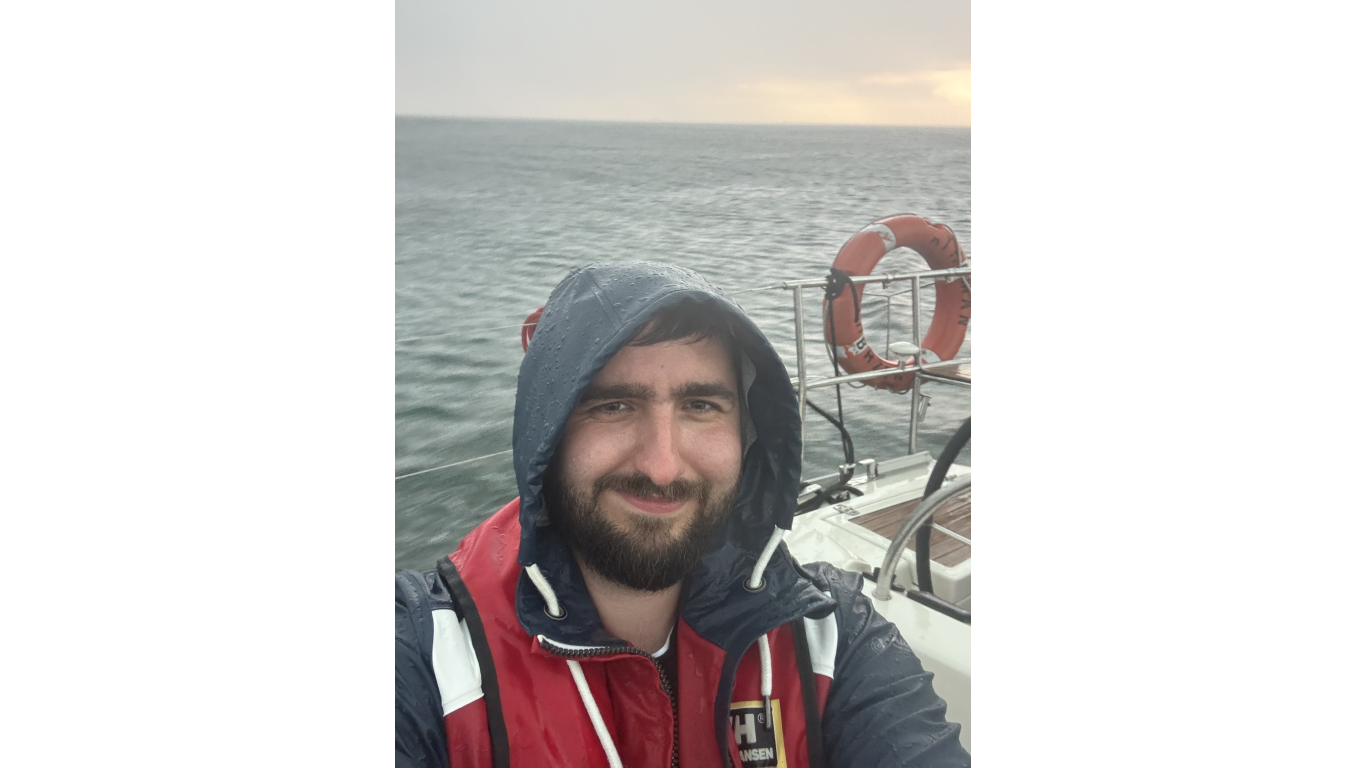
What do you enjoy doing after work?
After hours, I enjoy spending time with my cats and experimenting in the kitchen. I don’t necessarily stick to Polish recipes; I like trying out dishes from different cuisines. For example, I was in Portugal with my wife and we really liked a cod dish casserole we had there – one of the first things I did when I got back was try to recreate it, and it turned out almost exactly the same.
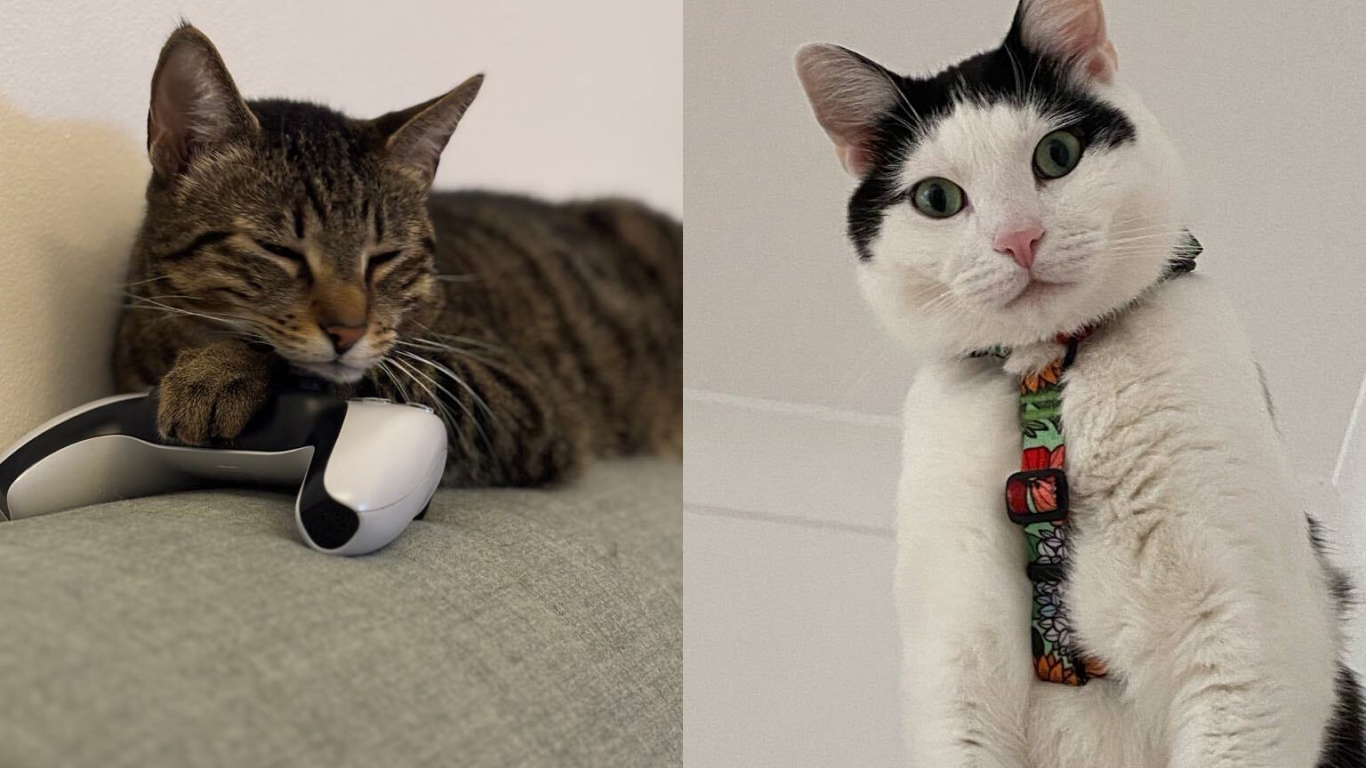
I also like playing computer games. Right now, I’m playing Clair Obscur: Expedition 33 – in my opinion, it’s a masterpiece, especially the music. Other than that, I mostly play RPGs, World of Warcraft, and games like that.

